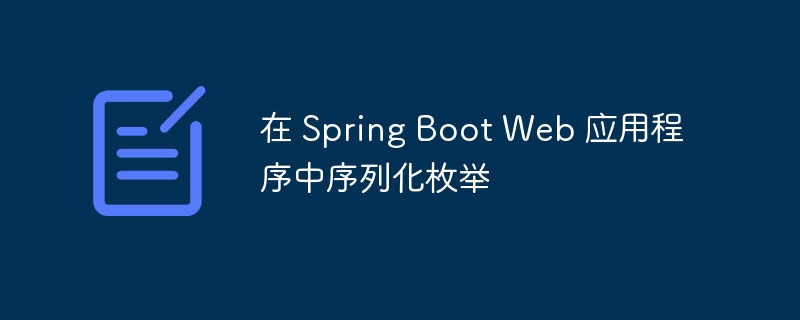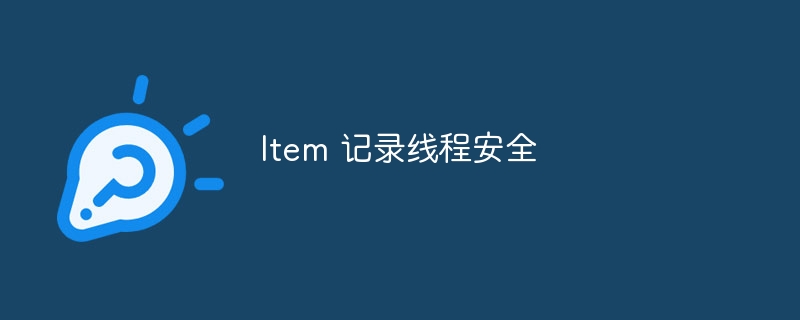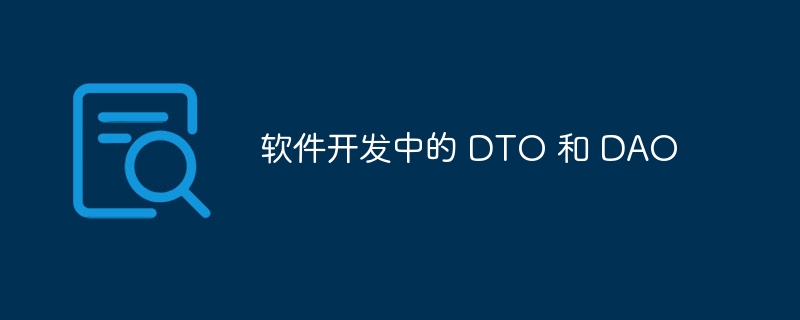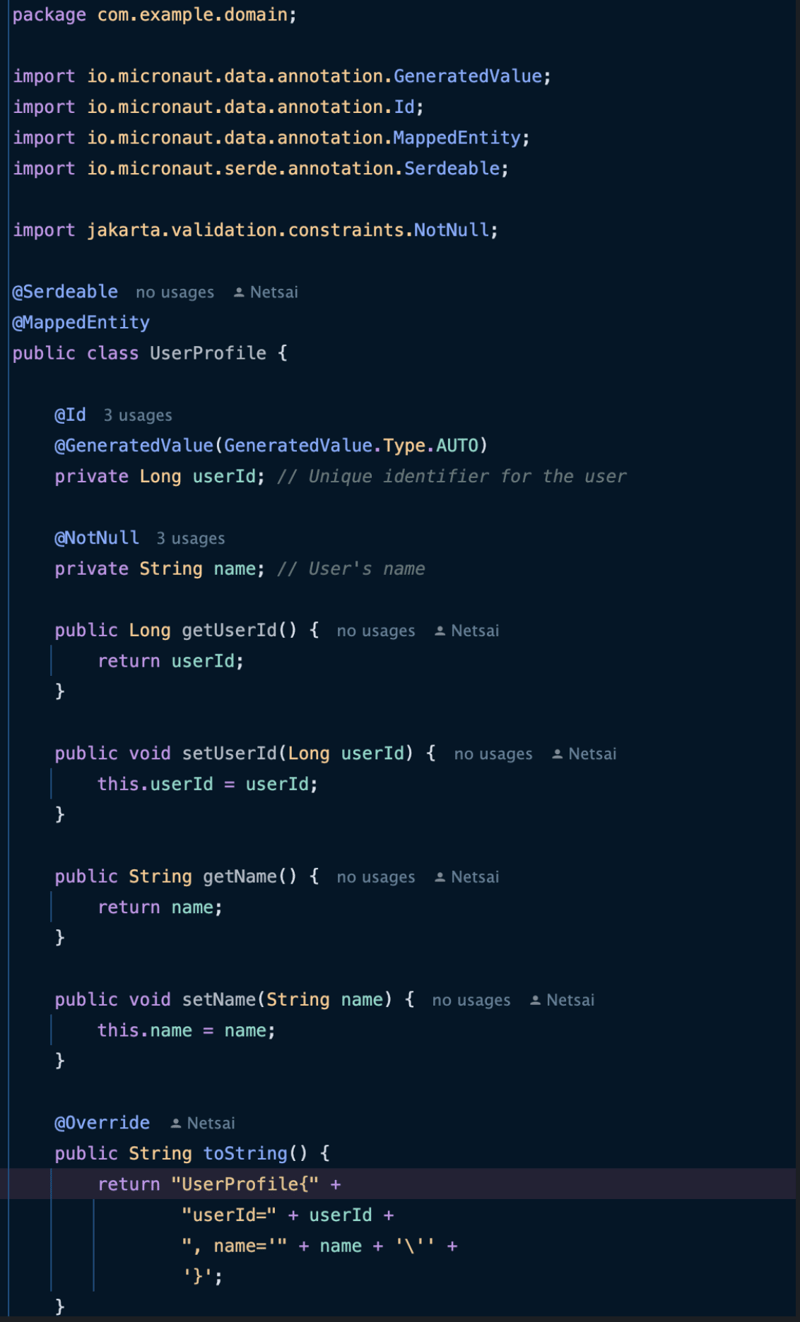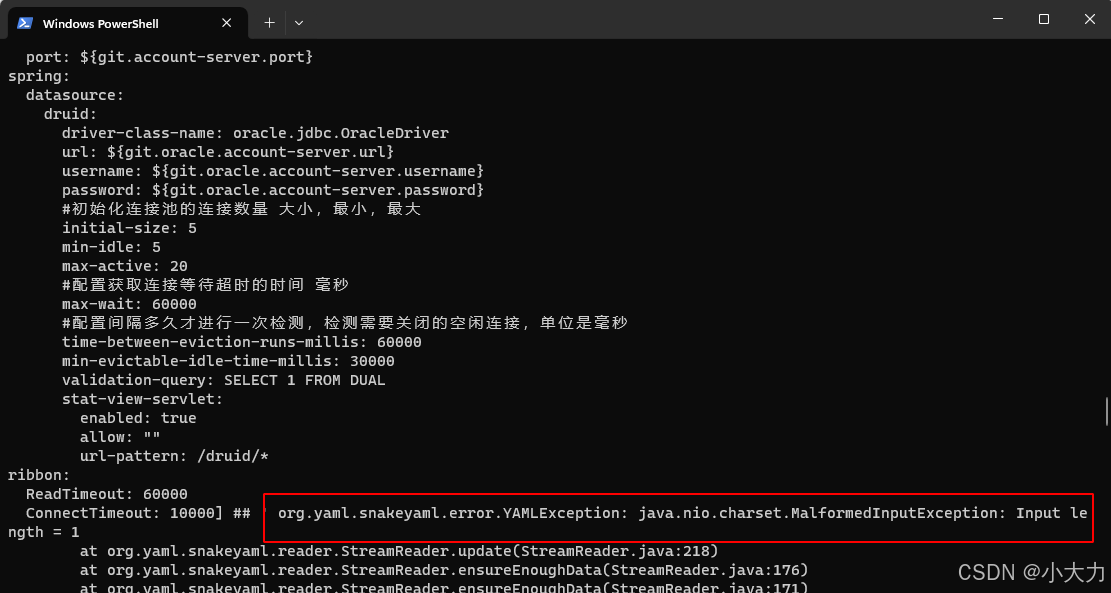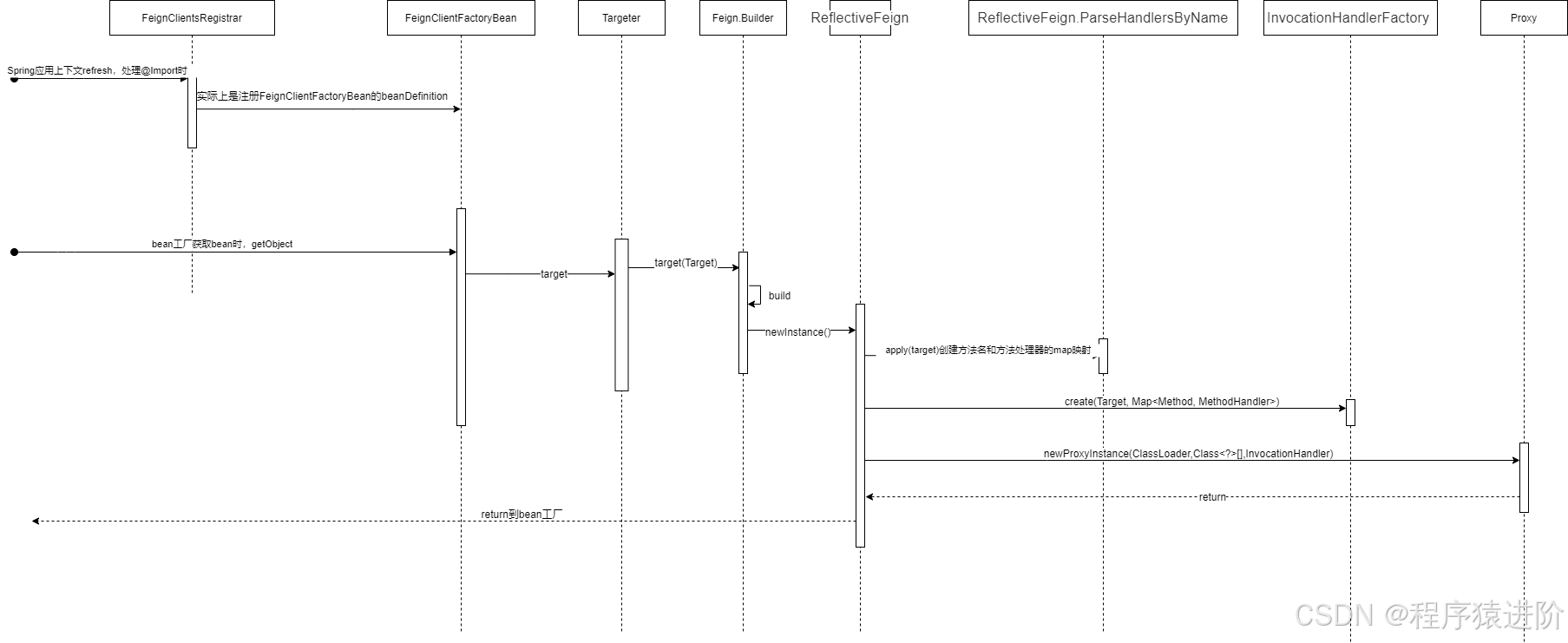在Spring Boot Web应用程序中序列化枚举
枚举类型在定义应用程序域内有限且明确的值集方面非常有效,有助于避免代码中出现无效状态。 应用场景 以下以一个Spring Boot 3.3.x 和 MongoDB 实现的笔记Web应用为例,演示枚举值的序列化和反
|
枚举类型在定义应用程序域内有限且明确的值集方面非常有效,有助于避免代码中出现无效状态。 应用场景 以下以一个Spring Boot 3.3.x 和 MongoDB 实现的笔记Web应用为例,演示枚举值的序列化和反序列化方法。 我们将定义一个Type枚举,表示待办事项的类型:事件和活动。
我们的Todo实体类:
我们将探讨以下场景:
1. 枚举作为查询参数 此场景只需反序列化,将字符串值转换为枚举。 以下是一个控制器方法片段,用于根据类型读取待办事项,类型作为查询参数传递:
由于查询参数为字符串,我们需要一个转换器:
在配置类中注册转换器:
现在,当Type用作@RequestParam时,StringToTypeConverter将尝试将字符串值转换为枚举。 2. 枚举作为JSON请求体的一部分 为了正确处理JSON请求体中的枚举字段,我们需要在Type枚举中添加@JsonValue注解: (上面的Type枚举已包含必要的fromString和ENUM_MAP) 3. 枚举作为MongoDB文档字段 为了在MongoDB中管理枚举的序列化/反序列化,我们需要使用@ValueConverter注解,并将文档字段与一个自定义的PropertyValueConverter类关联:
MongoEnumConverter提供读写方法来管理转换。 总结 本文介绍了在常见Web场景中处理枚举序列化/反序列化的几种方法。 Spring和Jackson库提供了简化此过程的工具。 完整的代码示例可在一个公开的GitLab仓库中找到。(此处省略GitLab仓库链接,因为我没有访问权限) 本文中提供的代码已获得CC0许可。 |
您可能感兴趣的文章 :
-
Java基础面试真题:String为什么是不可变的?
+ 目录 今天来分享一道群友去阿里云面试遇到的 Java 基础面试真题:String、StringBuffer、StringBuilder的区别?String为什么是不可变的?。 网站很 -
在Spring Boot Web应用程序中序列化枚举
枚举类型在定义应用程序域内有限且明确的值集方面非常有效,有助于避免代码中出现无效状态。 应用场景 以下以一个Spring Boot 3.3.x 和 M -
怎么使用Micronaut注释进行封装?
这种封装设计有效防止了对userId和name的直接修改,确保只有授权操作才能更改其值。 Micronaut框架的实际应用 Micronaut是一个基于JVM的现代微 -
解决Maven无法下载2.1.7.js7版本的itext依赖问题
问题与分析 某日忽然发现用Maven编译项目报错如下: Failed to collect dependencies at net.sf.jasperreports:jasperreports:jar:6.10.0 - com.lowagie:itext:jar:2.1.7.j -
windows java -jar无法启动jar包简单的解决方法
1. 问题 我们项目是使用nacos作为注册中心以及配置中心,我们本地使用idea 进行服务配置以及启动发现没有问题,然后我们的服务经过maven -
深入分析Spring Cloud负载均衡器架构选型
我们这次项目主要从RestTemplate 和 Feign 进行选型分析。 一、Spring Cloud Feign分析 Feign是另外一种客户端负载均衡实现。 我在该模块写了Feign -
Java报错java.awt.AWTException: AWT的解决方法
在Java图形用户界面(GUI)编程中,java.awt.AWTException是一个常见的异常,它通常与AWT(Abstract Window Toolkit)组件相关。这个异常可能在尝试进 -
Maven管理多模块应用的统一版本号实现
在大型项目中,尤其是涉及多个子模块的Maven项目,统一管理版本号是一个棘手的问题。尤其当项目的子模块多达几十个时,手动修改每个模
-
Java对象创建的过程及内存布局的介绍
2021-06-05
-
Java基础学习之集合底层原理的介绍
2021-05-27
-
java实现PDF转HTML文档的示例代码
2021-05-26
-
记录Java Log的几种方式
2021-06-05
-
springboot整合RabbitMQ发送短信的实现
2021-05-16



